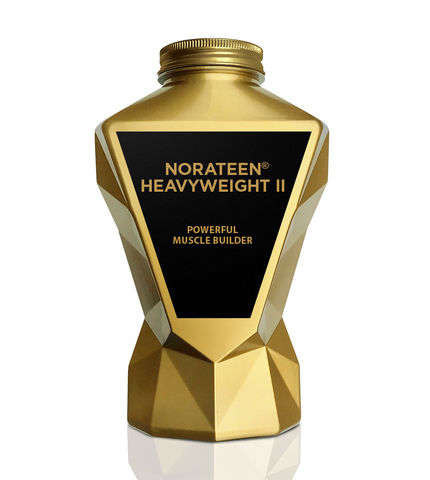The Knowledge > Exclusive Articles >
Monday, 29th April 2024
A Beginner's Guide to Running
Starting, Progressing, and Thriving
By LA Muscle on 29.04.2024 07:27 pm
Running is an accessible and effective form of exercise that can significantly improve your physical and mental health. Whether you're looking to lose weight, improve your cardiovascular health, or just find an enjoyable way to stay active, running can be a perfect choice. This comprehensive guide will help you start running from scratch, detailing how to build up your stamina, choose the right gear, and avoid common pitfalls.
Getting Started
How Long to Run on Your First Day
Your first day of running isn't about distance or speed—it's about getting moving. Start with a simple goal: 20 to 30 minutes of exercise. For absolute beginners, consider starting with a walk/run approach. Begin with a 5-minute walk to warm up, then alternate between 1 minute of jogging and 1-2 minutes of walking. Repeat these intervals until you reach 20 to 30 minutes. Finish with a 5-minute walk to cool down.
When to Go Again
Rest is crucial, especially as your body adapts to new physical demands. After your first running session, take a day off. Aim for three running sessions per week initially, allowing at least one day of rest between sessions. This schedule helps minimize the risk of injury while allowing your muscles to recover and build strength.
Building Up Your Running
Gradually Increasing Duration and Intensity
Once you're comfortable running for 20 to 30 minutes with walk intervals, gradually increase the duration and decrease the walking intervals. For example, increase your jogging intervals to 2 minutes with 1 minute of walking, and slowly extend the total running time towards 40 minutes. Over weeks, shift from interval running to continuous running at a comfortable pace.
Understanding and Monitoring Your Target Heart Rate
Target heart rate (THR) is vital for maximizing the benefits of running without overstraining. Your THR is generally 50-85% of your maximum heart rate, which can be roughly calculated as 220 minus your age. To improve cardiovascular fitness, aim to run at 70-85% of your maximum heart rate.
You can monitor your heart rate with a heart rate monitor or a smartwatch. Alternatively, use the talk test; you should be able to speak in short sentences while running, indicating you're within your aerobic zone.
Benefits of Being in the Target Heart Range
Running within your THR maximizes the benefits of aerobic exercise, improving heart and lung health, endurance, and fat burning. It also helps in reducing the risk of chronic diseases such as hypertension, type 2 diabetes, and stroke.
Setting Goals
Creating Achievable Running Goals
Set clear, achievable goals based on your progress. These might include running a certain distance, running continuously for a set time, or completing a 5K. Goals keep you motivated and provide a sense of accomplishment.
Choosing the Right Gear
What Shoes to Buy
Invest in a good pair of running shoes that match your foot type and running style. Visit a specialty running store where you can get advice and possibly a gait analysis. Shoes should provide adequate support and cushioning to absorb impact.
Monitoring Your Progress
Knowing You Are Doing Well
Measure your progress by tracking your running distance, pace, and heart rate. Improvements in ease, reduced recovery times, and achieving personal bests are good indicators. Also, monitor how you feel; increased energy and a general sense of well-being are positive signs.
Preventing Injuries
How to Avoid Common Running Injuries
To prevent injuries, increase your running volume and intensity gradually. Incorporate strength training and stretching into your routine, focus on proper running form, and ensure your running shoes are not overly worn.
Choosing the Best Running Surfaces
What Surfaces to Run On
Different surfaces can affect the impact on your joints and overall running experience:
- Grass: Soft and low impact, ideal for reducing strain.
- Treadmill: Controlled environment, useful for interval training.
- Track: Flat and predictable, great for speed work.
- Asphalt: Common for road races but harder on the joints than softer surfaces.
Running is a rewarding journey with immense health benefits. By starting gently, building up sensibly, and equipping yourself with the right gear and knowledge, you'll be able to enjoy all that running has to offer safely and effectively. If you want energy for running, try Possessed II.





























